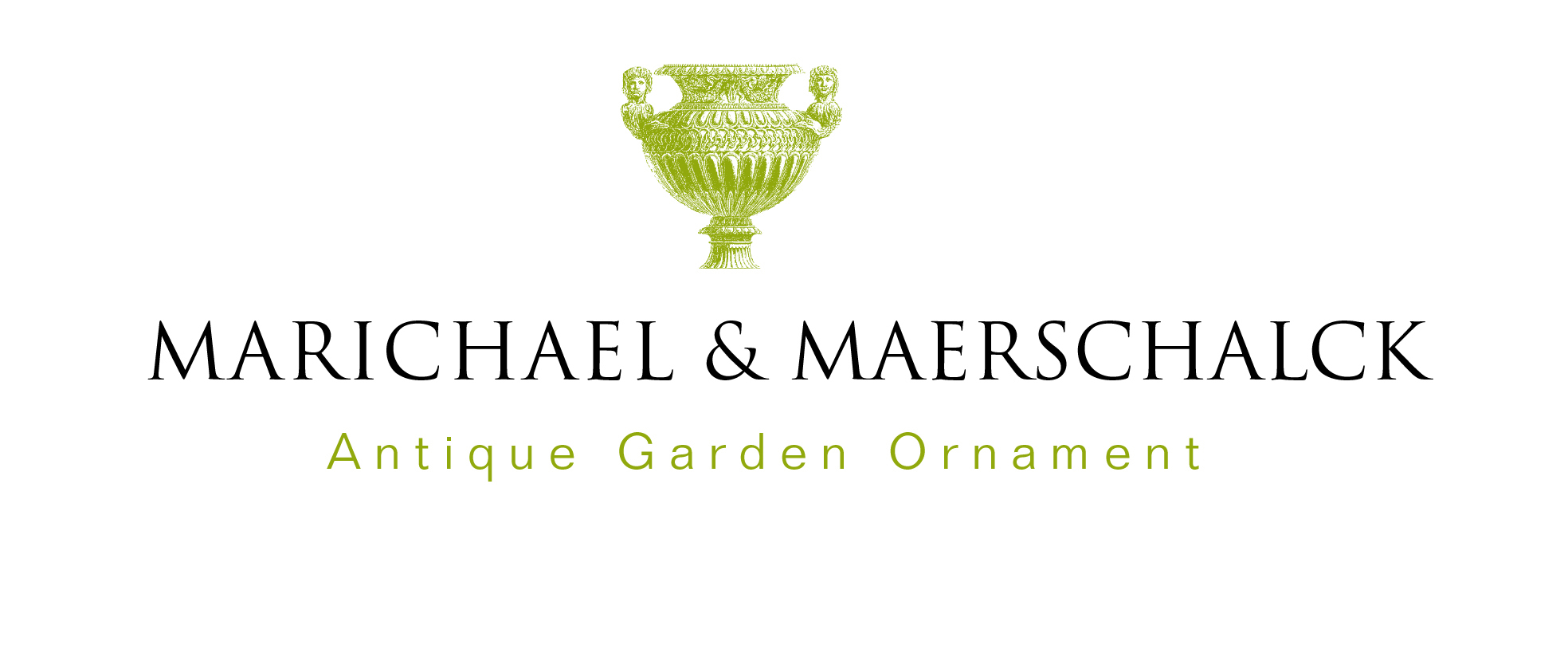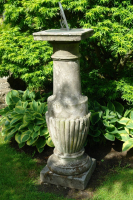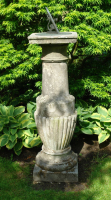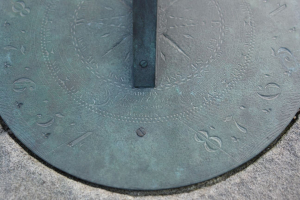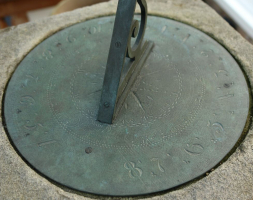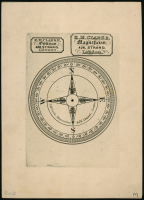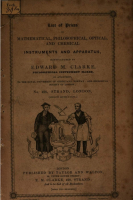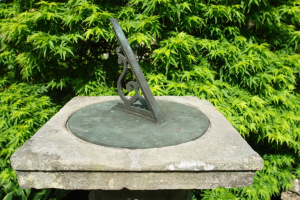- Home
- 18th century sandstone sundial
18th century sandstone sundial
A carved sandstone sundial; Irish, 2nd half 18th century--the early 19th century (1810-1820/ see below) bronze dial,signed MADE BY Edward Clarke 18 Lower Sackville Street Dublin
Dimensions: 150 cm, 59 ins high
Condition: general good condition
Reference: SUM102014/13-ALK
Literature:
Clarke, Edward Marmaduke, Dublin. Registered as an optician 1810-1821 with addresses at 10 and 18 Lower Sackville Street, and at 83 Dame Street 1823-1832.Clarke went into partnership with Richard Spear, an optician and oil Merchant, from 1815-1817 (the company Spear”Clarke).By the 1830s, Clarke moved to London where he started out working for Watkins and Hill of Charing Cross. While there, Clarke was set to demonstrate electro-magnetic machines and to find a way of producing locomotion by electricity. In 1835, he brought out a ‘magnetic electrical machine’. In 1837, Clarke, inspired by William Sturgeon in whose Annals of Electricity he had described his machine, founded the Electrical Society of London.At the time of the 1841 census Clarke could be found at 428 Strand, where he was forming his own business. Later he branched out into engineering when he became the propietor of the Rodney Iron Works in Battersea where engines, tools, boats and locomotives were made. Clarke died of apoplexy in London on 26 January 1859. Sources: - 'The Telescope in Ireland: Obscure maker & marks. Irish telescope makers and Irish signatures on telescopes' by Peter Abrahams. - http://londonstreetviews.wordpress.com/2013/05/02/edward-clarke/[remove-...
Antieke Tuinornamenten
Viooltjesdreef 39031 Baarle-aan-de-Leie
info@antieke-tuinornamenten.be+32 (0) 9 282 20 97+32 (0) 475 53 41 63
Opening hours
Bezoek aan de tuin enkel na afspraak.
